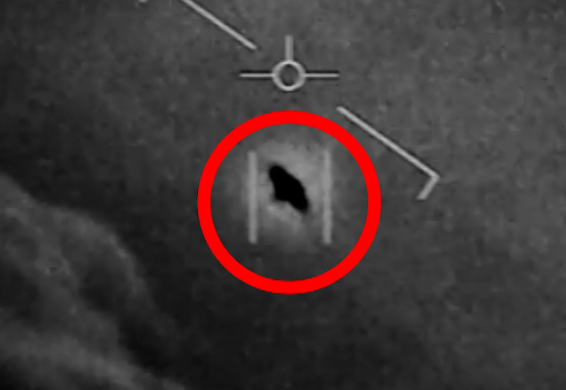The Latest News
Pentagon UFO Chief Says UFO Mothership Possibly in Our Solar System

When the government starts issuing “reports” on aliens and UFOs, which are probably just weather balloons, they want you to be diverted from more important matters. In any case, if you’ve studied up on the significant events taking place, some of what they reveal is fun and informative.
This paper was co-authored by the Pentagon’s UFO head, and it is unquestionably the case. The possibility of an alien “parent craft,” or mothership, being in our solar system and releasing probes to explore it is explored in a report written by Abraham Loeb, chairman of Harvard University’s astronomy department, and Sean Kirkpatrick, director of the Pentagon’s All-Domain Anomaly Resolution Office (AARO), and released on March 7th.
The report stated that NASA was given a mandate by the US Congress in 2005 to locate 90% of all NEOs that are larger than 140 meters (Loff 2014). The Pan-STARRS telescopes were built as a consequence of the Congressional assignment. Interstellar object ‘Oumuamua, a peculiar NEO, was detected by Pan-STARRS on October 19, 2017 (see Loeb (2022a) and references therein).
It is possible that ‘Oumuamua is thin and artificial in origin since it was driven away from the Sun without exhibiting a cometary tail of gas and dust, unlike asteroids or comets in the Solar System.
On March 9, 2017, a meter-sized interstellar meteor (IM2) struck Earth, six months before ‘Oumuamua’s closest approach (Siraj & Loeb 2022a). Interestingly, IM2 shared the same heliocentric semimajor axis and speed relative to the Sun at great distances as ‘Oumuamua. Nevertheless, IM2’s orbital plane was radically unlike that of ‘Oumuamua in terms of its inclination, suggesting that the two objects are unconnected.
However, the similarity in some of the orbital characteristics of ‘Oumuamua and IM2 prompts us to speculate that an artificial interstellar object might be a parent craft that scatters a number of tiny probes during its close approach to Earth, a concept operationally not too dissimilar from NASA missions.
Extraterrestrial technological probes might utilize starlight to recharge their batteries and liquid water as fuel when they were near to a star. This would explain why they would concentrate their efforts on the region where stars are potentially habitable, where rocky planets with atmospheres like the Earth may have liquid water on their surfaces.
Trans-medium probes, which are capable of traveling through space, air, and water, would be especially interested in habitable worlds. Venus, Earth, or Mars would all be appealing to probes from a great distance. Yet, a deeper look might reveal spectral indications of liquid water and plants on Earth, which would draw particular notice.